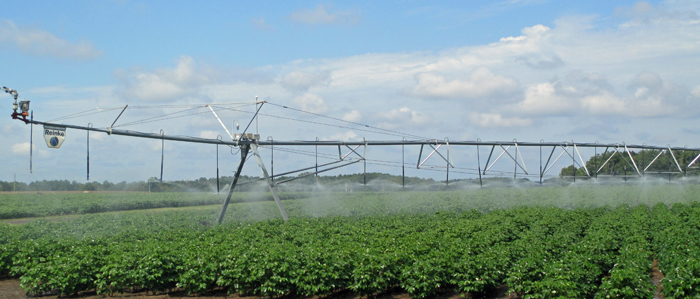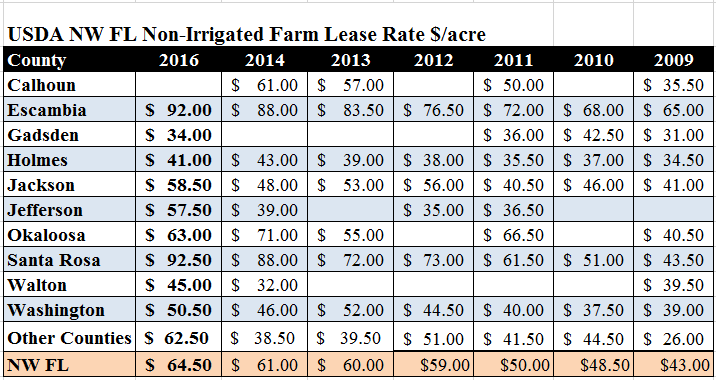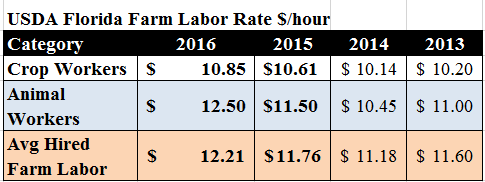By Doug Mayo

Some of the most challenging conversations, in almost any relationship, are the ones about money. This is certainly true as land owners and farmers, or managers and laborers negotiate for the year ahead. It can be pretty challenging to determine what is a fair price to rent a specific farm, or to set the wages for the skill sets of a specific employee, but, if you know the average rate, it does provide an unbiased place to start negotiations. As with all statistics, just knowing the average is only part of the story, but at least it offers a reference point for both parties to begin the conversation.
Farm Land Rental Rates
The USDA’s National Agricultural Statistic Service (NASS) no longer provides annual summaries of land rental rates by county, but does compile a report on even years. Unfortunately their survey summary does not offer the range of rates paid, but does offer county, regional, or state averages that provide an unbiased place to begin negotiations. There are a number of factors that influence the rental value of farm land. Certainly farm size, crop history, soil type, and location influence lease rates. A large, 300 acre field would be more attractive to rent than 15 acres, or a farm next door more valuable than an operation 10 miles away. The amount of Farm Bill Base Acreage on the land also plays a role in setting the value of crop land rental rates.
The following is a summary of the information NASS provides on average land rental rates. Table 1 provides the average rate for renting non-irrigated, or dryland crop land by county. The average for the whole Panhandle region in 2016 was $64.50 per acre. There was certainly variation from county to county, with a high of $92.50/acre in Santa Rosa to a low $41/acre in Holmes County.

Since there are not as many irrigated farms, NASS reports their survey results by region, instead of by county. Irrigated crop land is generally more productive and certainly more consistent, so the lease rates are generally much higher per acre. Table 2 shows the variation in irrigated farm lease rates in the tri-states region, with an average of $180/acre for the Southeast.

Pasture rental rates were also surveyed. Pasture lease rates are considerably lower than crop land, because livestock generate a much lower return per acre. Table 3 illustrates the range of average pasture rent from $23.50/acre in Walton County to $40/acre in Escambia County. The average pasture rent for the entire Panhandle was $34.50/acre in 2016.

Farm Labor Wages
The other challenge that farmers and ranchers face is knowing what is a fair rate to pay their hired labor. NASS only reports farm workers in general categories, so the averages provided in Table 4 may not fit specialized categories of workers. NASS does not provide a regional or by county hired worker wage report, so this information came from across the state of Florida.

The USDA’s National Agricultural Statistic Services offers a wide range of additional information based on annual surveys and the Ag Census every five years.
Source:ufl.edu